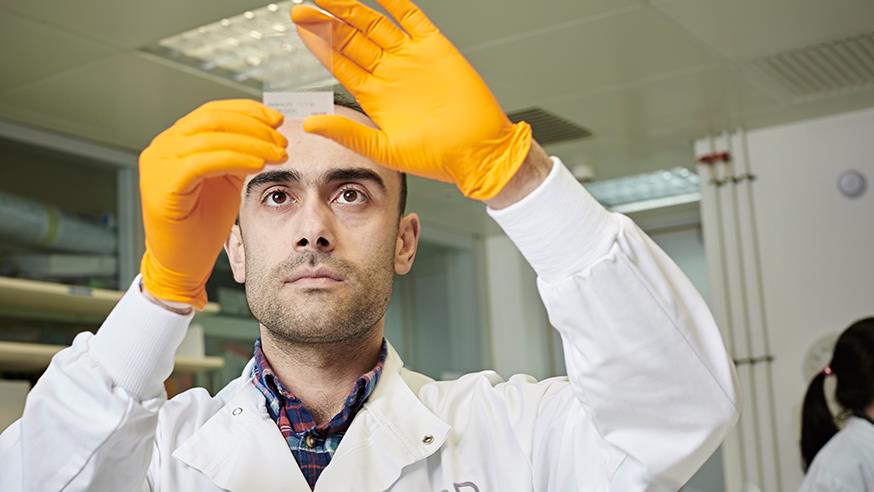
Image credit: John Angerson
Read more in this series
- Part 1: How to make academic research count through impact and commercial opportunity
- Part 2: Identifying knowledge capable of creating impact
- Part 3: Technology evaluation, protection and development
- Part 4: Building an efficient, skilled knowledge exchange office
- Part 5: Reaching potential licensees and investors: six key tips
- Part 6: Evaluation and our place in the future knowledge landscape
For a higher education institution, becoming aware of a research idea with the potential to interest industry or generate impact is just the start of what can sometimes by a long journey.
It’s vital that the knowledge exchange office (KEO) has a good understanding of how to assess, protect and develop a research idea in order to maximise the impact and commercial opportunity in can generate.
The KEO will need to make a thorough evaluation of the new ideas being brought to its attention. This may include an assessment of technology readiness level, its patentability and commercial viability, and the potential size of its market. The aim at this stage is to identify those ideas most likely to deliver impact and give an idea of how that impact might be achieved.
Institutions need to consider how the potential for commercialisation or other impact fits within their wider mission and objectives. At a specialist institution like the ICR, we evaluate how an idea might best and most rapidly lead to benefit to patients – and in some cases, this may be through publication and wide dissemination rather than commercialisation. This may mean that we recommend publication even if this removes the potential to generate income.
Developing ideas
Many ideas that are brought to KEOs are simply not yet sufficiently developed to be commercialised or to generate impact, but they may no longer be eligible for academic grant funding. It is therefore important to provide support for the development of potential innovations that are not yet ready for the market – which may mean ensuring the availability of development or translational funds, either by providing them internally or by signposting external sources.
At the ICR we offer project management support and competitively awarded grants through our internal Faringdon Fund, and also provide information on other sources of translational funding. For example, we are part of the new MedTech SuperConnector programme, a major multi-institution knowledge exchange initiative which is helping a team at the ICR to develop a new bowel cancer test.
If a KEO makes a decision to commercialise research through licensing or the development of a spin-out company, it may also need to undertake due diligence on the intellectual property and freedom to operate searches to check on potential patent infringement, as these are likely to be important to potential licensees and investors.
Institutions need to strike the right overall balance in selecting between the variety of different routes to providing impact. There may be opportunities for licensing to an existing company or creating a spin-out, or alternatively the highest potential for impact might be found through entering a new collaboration, providing advice or access to facilities for collaborators and partners, or through some other means.
Ensuring the right balance is struck depends on having an effective and skilled KEO with access to the right funds and resources.
Building an effective KEO can be a challenge in itself – and is the subject of my next blog post.